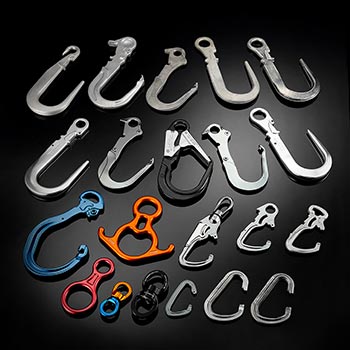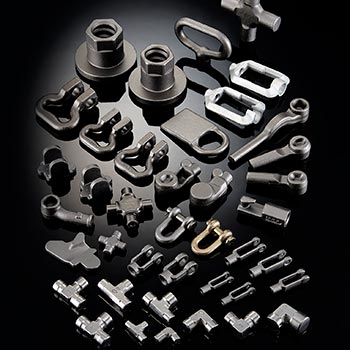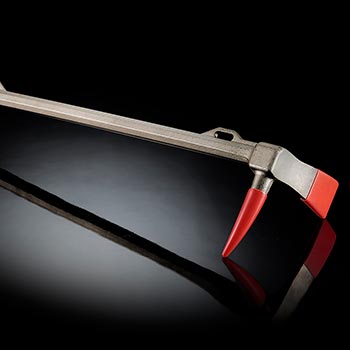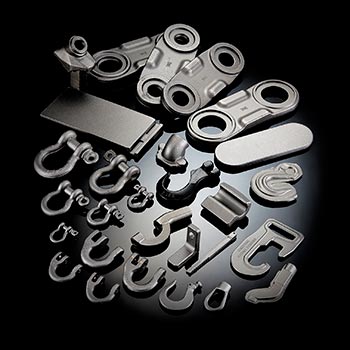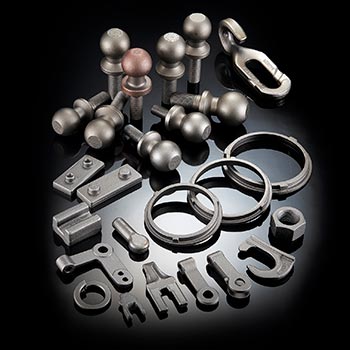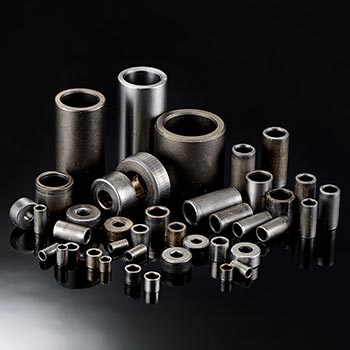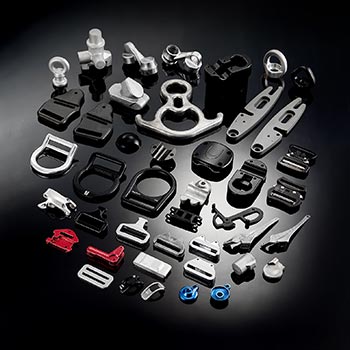
PRODUCTS
Home > PRODUCTS > Customized Products > Forging
Forging
At Yuh Chern Manufacturing Co., Ltd., we are proud to be your trusted forging supplier, dedicated to crafting top-quality forging components. With our cutting-edge factory, we have the capability to produce a wide range of forging parts, catering to both simple and highly intricate designs.
Moreover, our expertise extends to the crafting of custom aluminum forging parts, precisely tailored to your specifications. Your unique requirements are the centerpiece of our manufacturing process, ensuring that we provide forging solutions that align with your exact needs.
Our unwavering commitment to delivering high-quality forged components is at the core of our mission, and we eagerly anticipate the opportunity to fulfill your distinctive forging requirements.
Explore our extensive selection of industry-standard and specially designed forging services, which include:
- Aluminum Climbing Forged Hook
- Hot Forging Automobile
- Hot Forging Fire Tool
- Hot Forging Safety Equipment
- Hot Forging Trailer Product
- Roller Chain Solid Roller-Bush
- Aluminum Forging
We offer a comprehensive range of forging services to meet a variety of industrial needs. Contact us today to discuss how we can assist you with these high-quality forging solutions.

